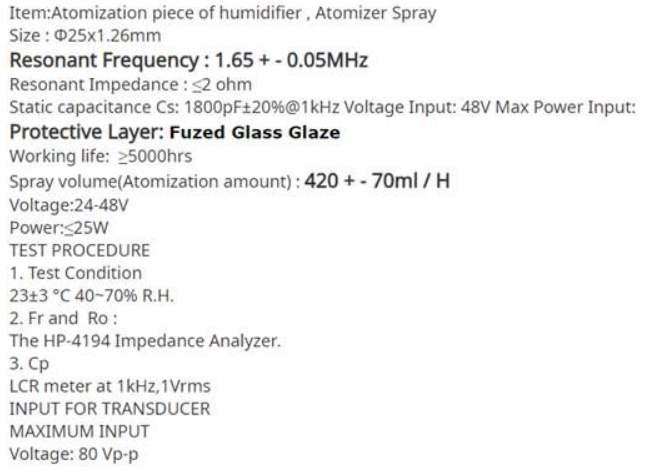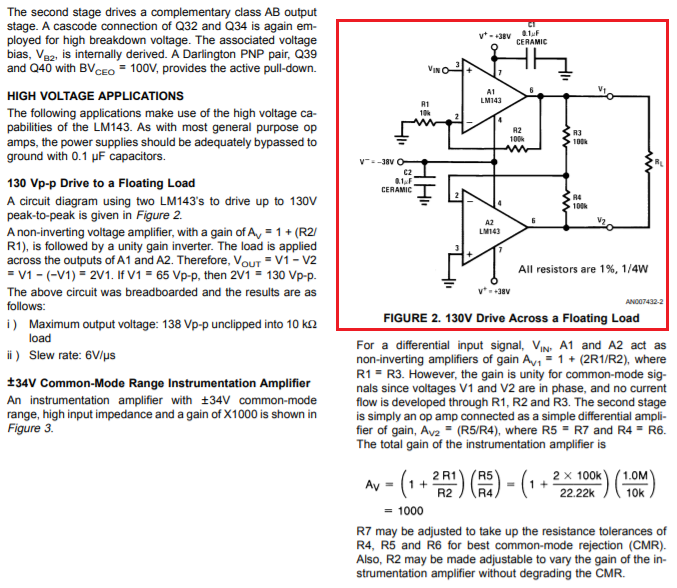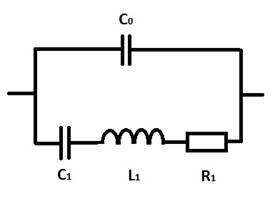Other Parts Discussed in Thread: OPA462, TDC1011, LMC555
Hi,
Greetings!
Initially, I thought about using the TUSS4470 for driving this piezo transducer, but then looking at the drive frequency, figure that the TUSS4470 might not be a good choice for driving this transducer ?
(If not, what other options do I have ? H bridge MOSFET with dual gate drivers ? But still then, I was unable to find neither the Gate drivers nor the MOSFET's that could reliably drive the transducer at around 2Mhz ?)
Any suggestions, how to drive this one ?
Thanks,
Manu





